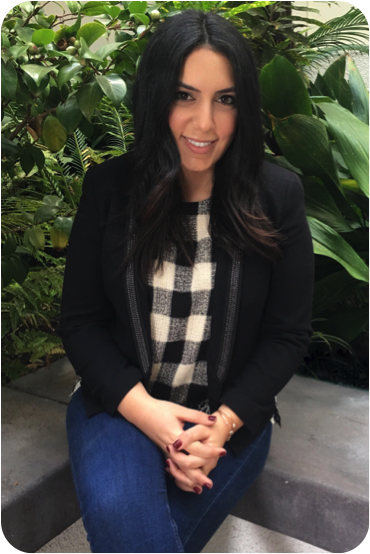
GROWING PAINS
Written by: Nicole Zokaeem, M.A.
“And the day came when the risk to remain tight in a bud was more painful than the risk it took to blossom”
—Anaïs Nin
If there is one thing that I have learned over the course of my graduate career, it is that growing is hard work. Often, people think of growth as a physical experience. Whether it is the fetus growing in the womb, the brain growing neural connections, or a seed growing into a plant. What tends to go unnoticed is the felt experience of this change.
While one part of growth can be physically quantified, another more covert part of growth is experienced internally. It is in understanding, holding, and tolerating this internal experience that change can begin to occur. Even though this may sound simple, putting this into effect is difficult and often leads to a process of growing pains. We have all reached various points in our lives where things feel stuck. Life is not moving forward, we become reactive and attempt quick-fixes, and yet we end up right where we started—feeling even more hopeless, lonely, tired, inadequate, anxious, etc. What is this all about?
Even though this experience is universal, its roots are relative and multifaceted. For instance, the discomfort of maintaining the status quo is often more tolerable than the choice to look inwards and do something different (Schnarch, 2009). One is a pain that we know—it is predictable, familiar, expected. Essentially, we know how to control for it. But making the decision to reflect on our selves, to honestly confront who we are, what we want and need, and how we get in our own ways is, to say the least, uncomfortable and overwhelming. We become stuck because we want something different, and also do not want to go through the growing pains necessary to make this happen.
You may be wondering, “Why? Why would I choose an unfamiliar emotional pain over a pain that I am comfortable with?” Truthfully, I do not know how to answer the “why”—it is different for each and every one of us. Maybe the question to ask is “why not?” What is important to remember is that you have the power to choose and regardless of which part of the dilemma you settle on; at least you picked a side. You liberate yourself by moving out of ambivalence and deciding what you actually want for yourself—whether that means continuing as you always have or taking the harder, unpredictable path towards change.
The therapeutic relationship serves as a safe but challenging place where clients can begin to take bold and brave steps towards their painful thoughts and feelings as opposed to avoiding them. The therapist and client become partners as they collaboratively and empathically come to understand what it would mean to grow up and why it is so hard to do so. Together, they wrestle with grief, fear, shame, and resentment, all while holding on to the fact that the pain of how they once lived outweighed the pain to move forward. We take risks as we step into the unknown of change and simultaneously increase our capacity to face who we are internally and interpersonally. It is in the act of leaning in to the difficult emotions and experiences that we begin to take shape and grow (Schnarch, 2009). It makes way for a new path to be created—one where we are empowered to choose who we want to be, what we want for ourselves, and how we plan to get there.
References:
Schnarch, D. M. (2009). Passionate marriage: Love, sex, and intimacy in emotionally committed relationships. New York, NY: Norton.
Supervised by: Bruce Brodie, Ph.D. (PSY6574)

Great blog! Thank you Nicole
An intriguing discussion is definitely worth comment. I
do think that you ought to write more about this issue, it
might not be a taboo matter but generally people don’t discuss such topics.
To the next! Best wishes!!
Appreciate the recommendation. Will try it out.